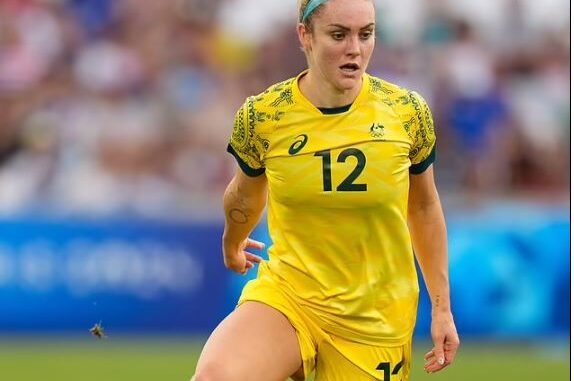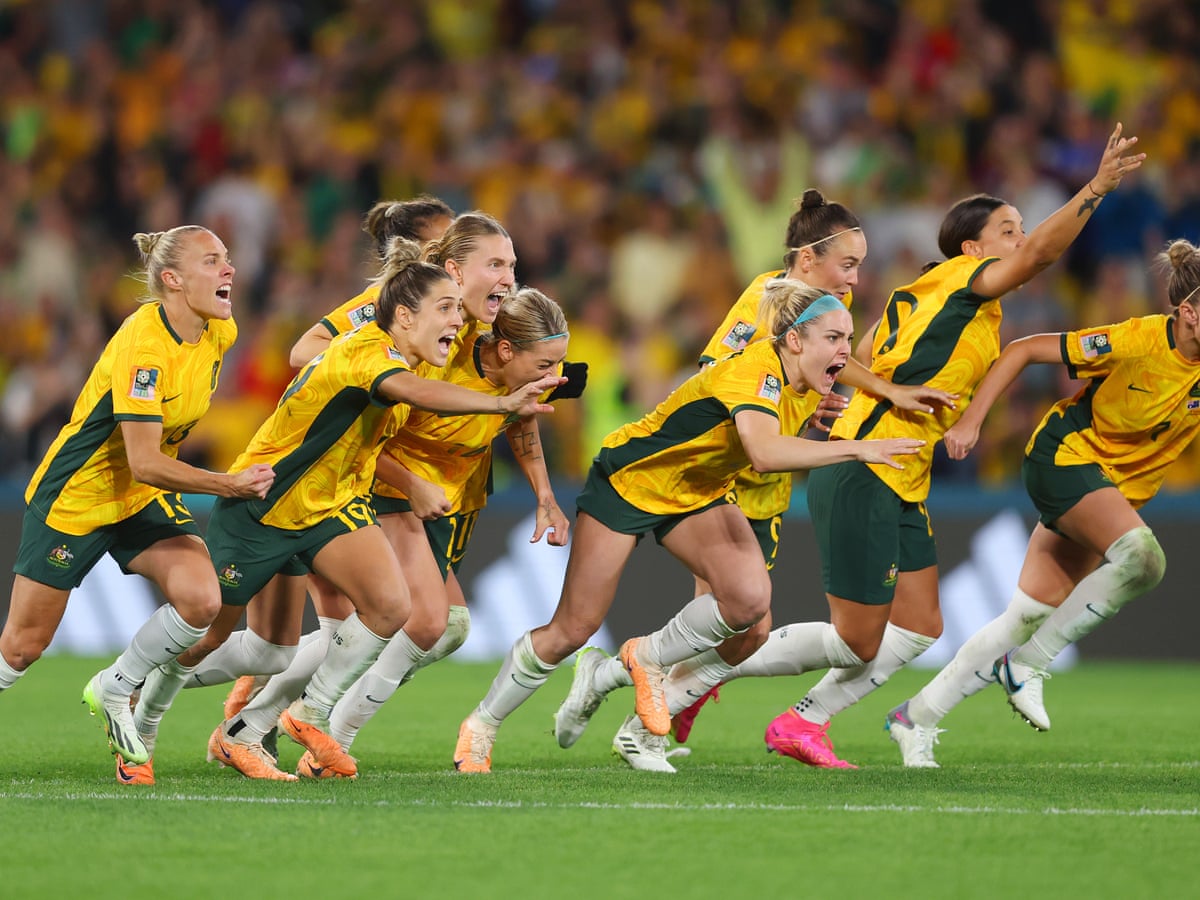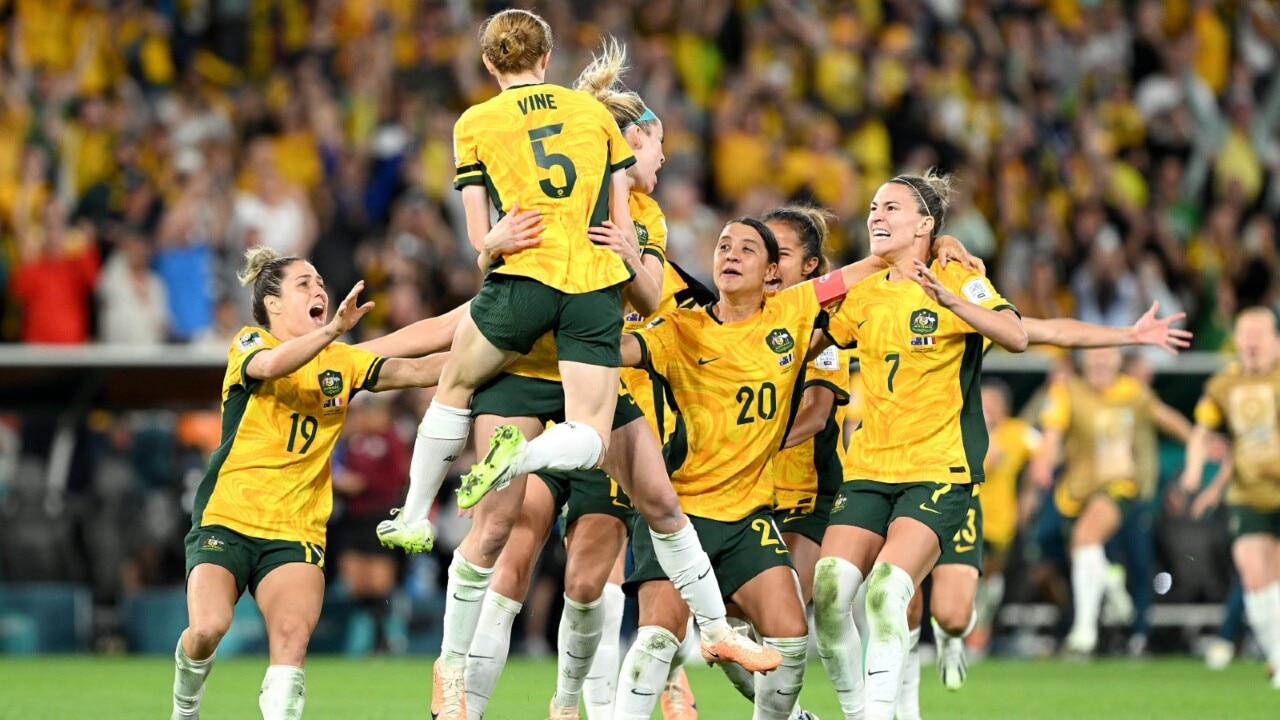
The production line for future Matildas could dry up if the A-League women’s competition is not fully professional within two years to match the ‘global standards’ of rival leagues around the world.

It follows Professional Footballers Australia (PFA) releasing its annual A-League women’s report, with the overwhelming sentiment being the competition must lift its game on and off the field – or run the risk of failing to give the nation’s best talent an opportunity to prosper and being unable to attract top players.
The report’s key finding is that 96 per cent of A-League women’s players want the competition to become fully professional by the 2026-27 season, with the current part-time status of players hindering their ‘welfare’ and harming the ‘quality of competition’.
‘As women’s football evolves rapidly, especially in Europe and North America, the A-League women must meet rising global standards to stay competitive,’ the report said.
‘The league has already suffered a siphoning of its top-end talent. It next risks having its middle hollowed out by superior opportunities, in the US in particular.’
The report also said the 2026 AFC Women’s Asian Cup being held in Australia should lead to a ‘co-ordinated, professional relaunch’ of the A-League women’s competition by capitalising on the ‘tournament’s momentum’ and ‘enhancing the league’s visibility and commercial potential’.
Off the field, the report calls for clubs to ‘professionalise the match-day experience’ and a ‘consistent, high-quality match presentation will engage fans and reinforce the league’s ambitions’.
‘The global growth of women’s football presents both a challenge and an opportunity for the A-League women,’ PFA co-chief executive Kathryn Gill said.
‘Our players recognise that the league must embrace full-time professionalism by 2026 to remain competitive on the global stage.
‘This transition will empower clubs to attract and retain top talent while allowing players to perform at their best.
‘That leap of faith will require a shared commitment to raising the standards of the match-day experience, broadcast quality, and player experience.
‘Our league and club leaders must unite behind a new vision that drives professionalism, commercial growth and investment.

‘We believe the 2026 AFC Asian Cup provides the perfect timeframe and platform.’
The report also calls for clubs to meet ‘rising expectations’ in terms of football operations, training facilities and ‘culture’.
While the PFA admitted A-League clubs could ‘find it difficult’ to shift its women’s teams to full-time professionalism, it was a case of needing to do so to stop the ‘talent drain’ currently impacting the league and ‘jeopardising’ the competition’s ability to ‘attract greater fan interest, commercial support and international revenues associated with developing elite talent.’
However, A-League commissioner Nick Garcia defended the competition’s current standing.
‘Last season was a record-breaking year across the women’s A-League with record crowds, memberships and TV viewers, and we can’t wait for another exciting season of football featuring more than 15 internationals from around the globe and the best rising stars from across Australia and New Zealand,’ Garcia said.
‘Last season we also increased the salary cap by 20 per cent, introduced a marquee player fund and increased the foreign player quota as the A-League women continues to be a destination league for current and future internationals.
‘We continue to invest to grow women’s football in Australia and New Zealand and increase the opportunities and pathways for players.
‘We’re on a great growth trajectory ahead of the women’s Asian Cup in Australia in 2026, and we can’t wait for an exciting season ahead.’


Leave a Reply